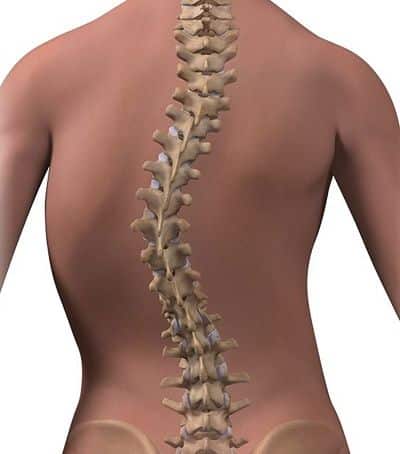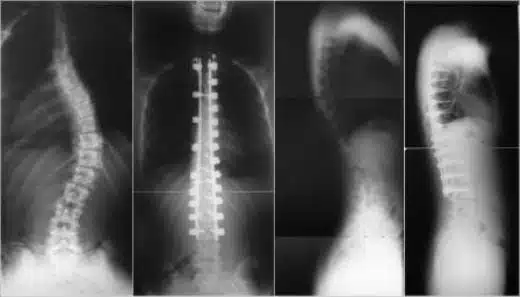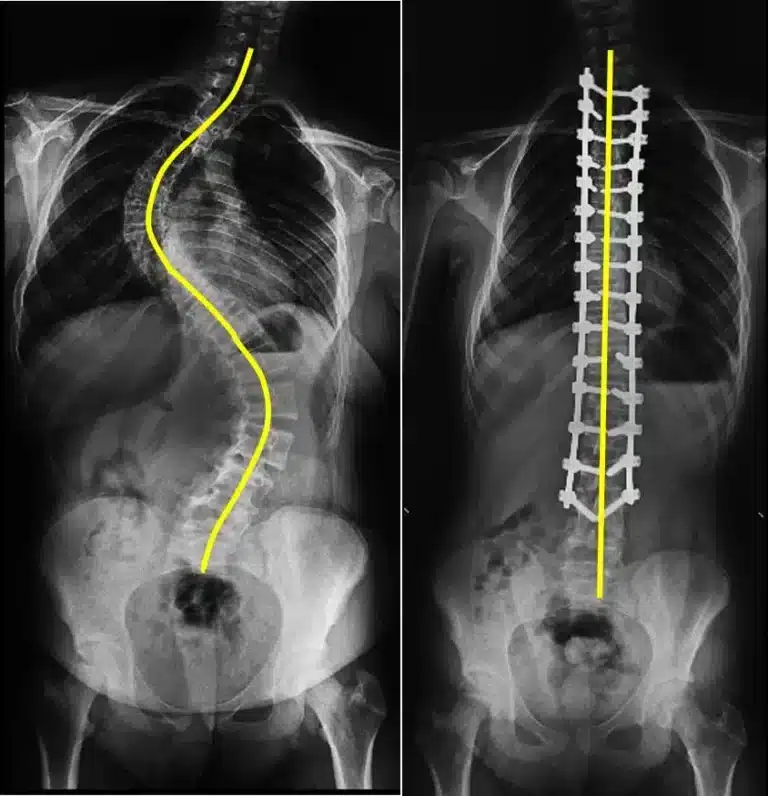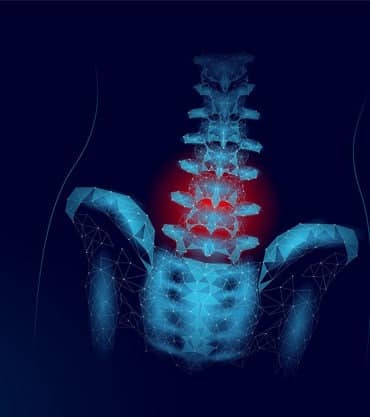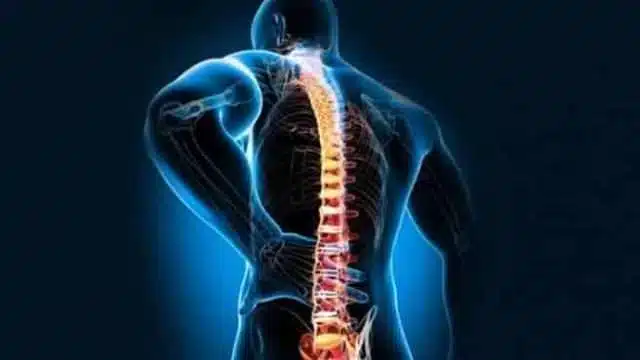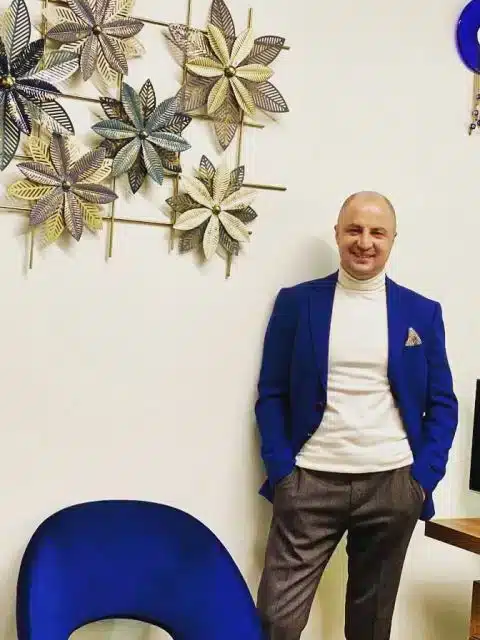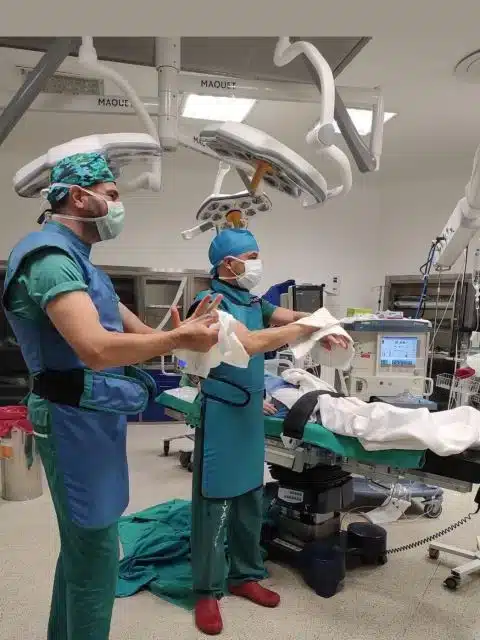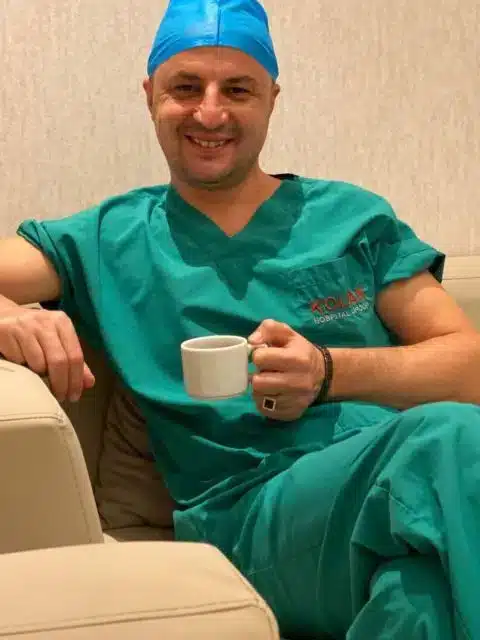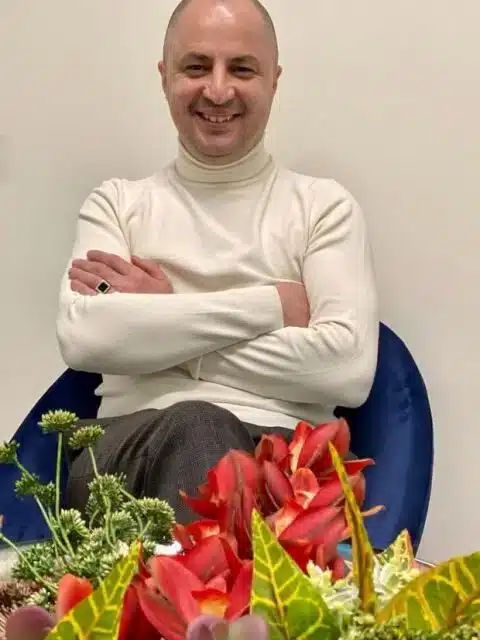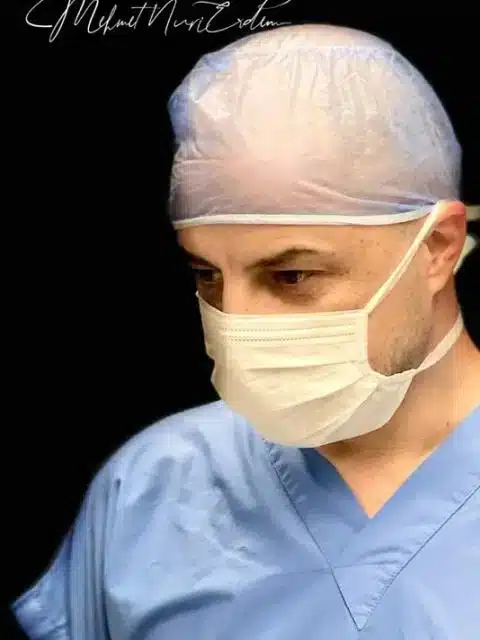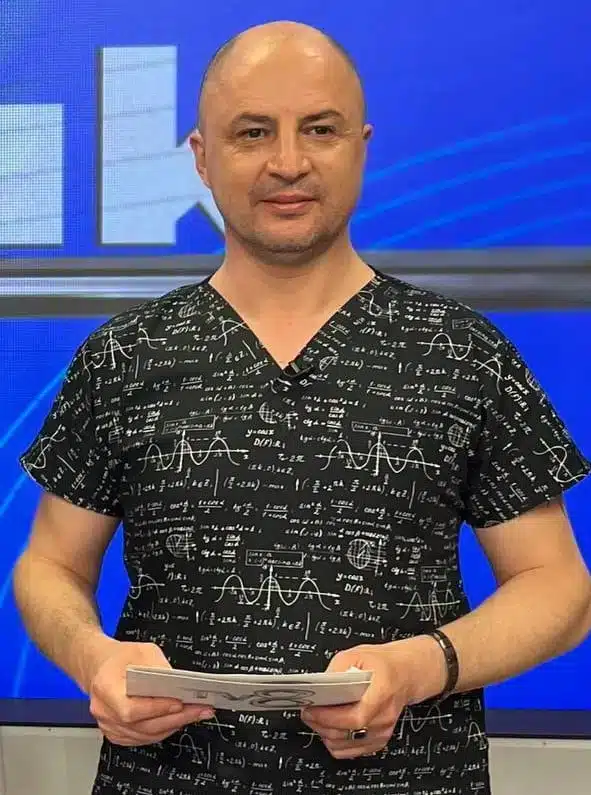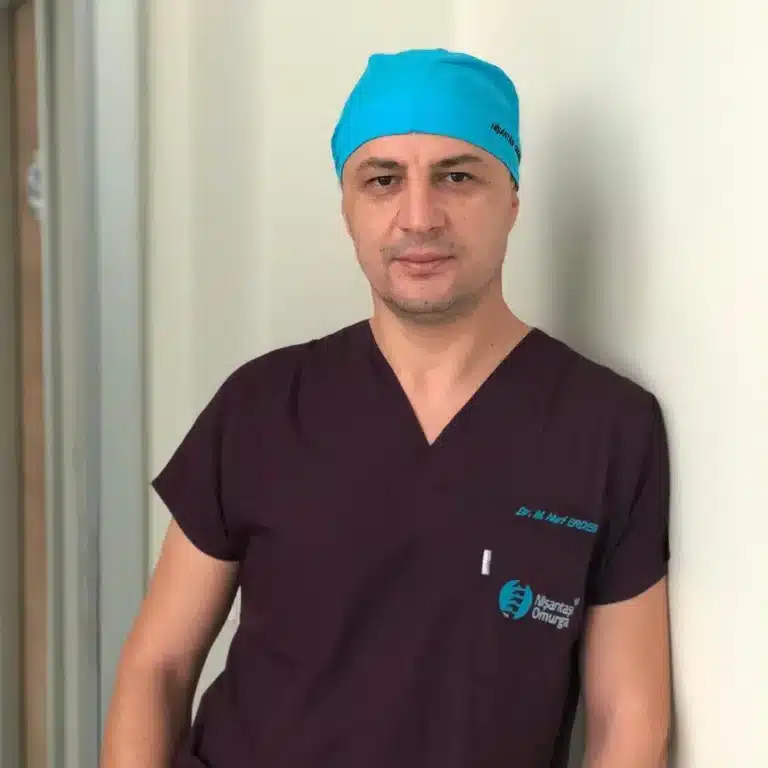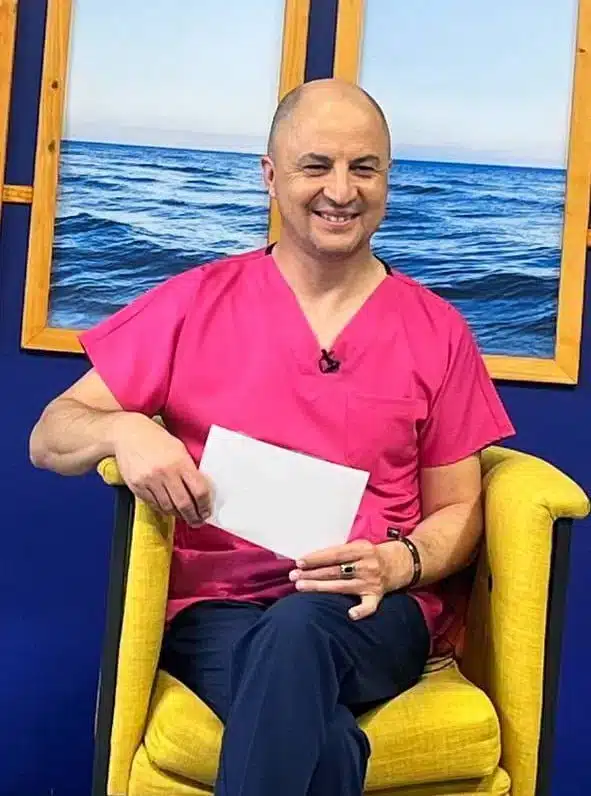Scoliosis is a lateral curvature of the back or lumbar regions of the spine.
Sometimes, it is accompanied by an increase in the normally existing hump on the back (Kyphosis) or the dimple in the waist (Lordosis).
The formation of scoliosis (curvature of the spine) can be due to many different reasons.
It may be congenital, idiopathic (cause unknown), infection or tumor related.
A familial predisposition exists in the idiopathic type.

While it is very important to take precautions against scoliosis in the early period, it is inevitable to face serious health problems if the necessary treatment is not applied.
What are the Symptoms of Scoliosis?
The most common symptom of scoliosis is lateral curvature of the spine.
Besides; the asymmetry in the waist or in the back, the disparity between shoulder levels, forwarded protruding vertebra on one side, the bone bulge or prominence on one side of the back, the lopsided body or rib cage, the higher ribs position on one side than another when the person leans forward, the asymmetrical dresses and clothes not fitting properly and the disproportion of skirt in girls.

It is usually diagnosed by accident as it does not cause any complaints at the beginning. Not every scoliosis causes pain, even in very advanced degrees, pain may not be seen.
At What Age does Scoliosis Appear?
In fact, scoliosis can be seen at any age. However, depending on the age of onset, each type of scoliosis has its own characteristics.
If There are Symptoms, a Specialist Doctor Should Be Consulted About Scoliosis
If scoliosis is doubted, a spine surgeon dealing with scoliosis surgery should be consulted. After the examination, X-ray and MRI performed by the specialist doctor, the degree of curvature in the spine and whether there are other accompanying spine and spinal cord problems are determined, and the patient is scheduled in an appropriate treatment plan.
Types of Scoliosis
Idiopathic Scoliosis (Scoliosis Whose Cause is Unknown)
The most common type of scoliosis is ‘idiopathic’ scoliosis, the cause of which has not been fully explained. The lateral curvature of the spine can be “S” or “C” shaped. Apart from lateral bending, rotation of the vertebrae around themselves is also observed in all idiopathic scolioses, including the mildest forms. This rotation in the vertebrae causes asymmetric protrusions in the back or waist.
Neuromuscular Scoliosis
The second most common type of scoliosis is neuromuscular scoliosis. Muscle or nerve diseases may be among the main causes of neuromuscular scoliosis. Nervous diseases can originate from the brain and spinal cord. Muscle diseases, on the other hand, can be observed in childhood and later.

In contrast to idiopathic scoliosis, respiratory distress and sensory defects are more common in neuromuscular scoliosis. Scoliosis corset may not be used during the treatment process due to reasons such as respiratory problems, communication disorders, sensory defects and epileptic seizures. In this type of scoliosis, younger ages may be preferred for surgical intervention. Fusion therapy can be applied.
Congenital Scoliosis
Congenital scoliosis is the third most common. It is a type of scoliosis due to spinal anomalies that occur during the development of the child in the womb. Congenital scoliosis progresses rapidly in the first years. For this reason, the treatment process of congenital scoliosis which occurs in early periods may require surgical intervention at a young age.
Personalized Treatment
Observation and Follow-up
In very mild curvatures, usually without applying any special treatment, it is followed closely every 4 or 6 months to see if there is any progression in the curvature, taking into account the age of the child.
Corset
In moderate scoliosis, corset treatment can be applied, again taking into account the age of the child. The main purpose of corset treatment is to prevent its progression, and to prevent the occurrence of advanced scoliosis and to save the patient from surgery, rather than correcting the curvature with a corset.
Surgery
In advanced scoliosis, the curvature should be corrected with surgical treatment.
Untreated Scoliosis Can Cause Different Health Problems
Treatment for scoliosis should not be considered only as the correction of a curvature in the spine. Because the deformity in the spine, when the degree of curvature reaches a certain degree (80 to 100 degrees), also affects the shape of the ribs and rib cage and can narrow the volume of the rib cage.

Severe narrowing of the thoracic cage volume in growing children may adversely affect the development of the lungs and lead to respiratory failure.
Why is Young Onset Scoliosis So Important?
Early diagnosis is important in scoliosis, which occurs in small childhood, and cases diagnosed early are also often successful. Treatment in growing children is difficult and troublesome.
If treatment is not applied in these patients, since the curvature usually worsens with the growth of the child, lung and respiratory problems, heart problems, spinal cord compression in very advanced curvatures, paralysis, serious cosmetic and psychological problems may occur over time.
Scoliosis Grades and Selection of Treatment Methods
If the scoliosis is above 20 degrees, corset treatment can be applied. However, since it is difficult to apply a corset in very young children (0-5 years), correction and body casts performed under general anesthesia may be preferred.
If the spine curvature is 40 degrees or more, it is difficult to achieve success from corset treatment in older children. For younger children, the situation is slightly different. In young age scoliosis, corset treatment can reach up to 60 degrees. The purpose here is; to slow the progression of spinal curvature.

The Schroth Technique, which has become increasingly widespread in recent years, has been successfully applied in the treatment of adolescent idiopathic scoliosis that does not need surgery. The goal of scoliosis exercises in the Schroth Technique is to eliminate the asymmetries caused by scoliosis so that the patient recovers cosmetically and adapts to daily life more easily.

Surgical Treatment Options
Surgical treatment of scoliosis is associated with many factors such as the age of the patient, the degree of curvature, concomitant diseases, and the rate of progression of the curvature. While growth-friendly surgeries are preferred for curvatures under 10 years of age, fusion surgeries are performed over the age of 10. In recent years, the stretching or anterior tethering method, which allows the movements of the entire spine without fusion, has been increasingly applied in suitable patients.
